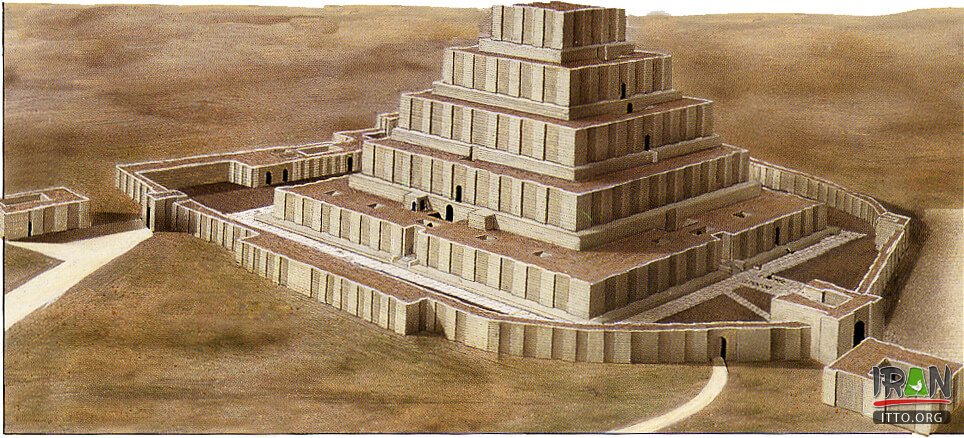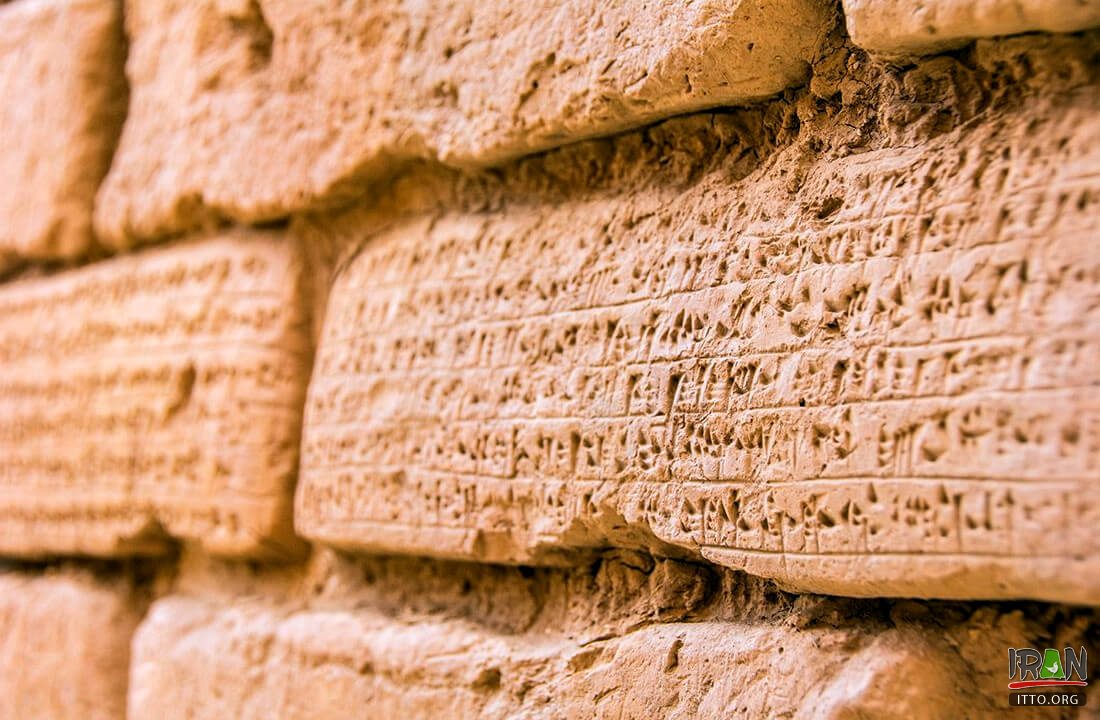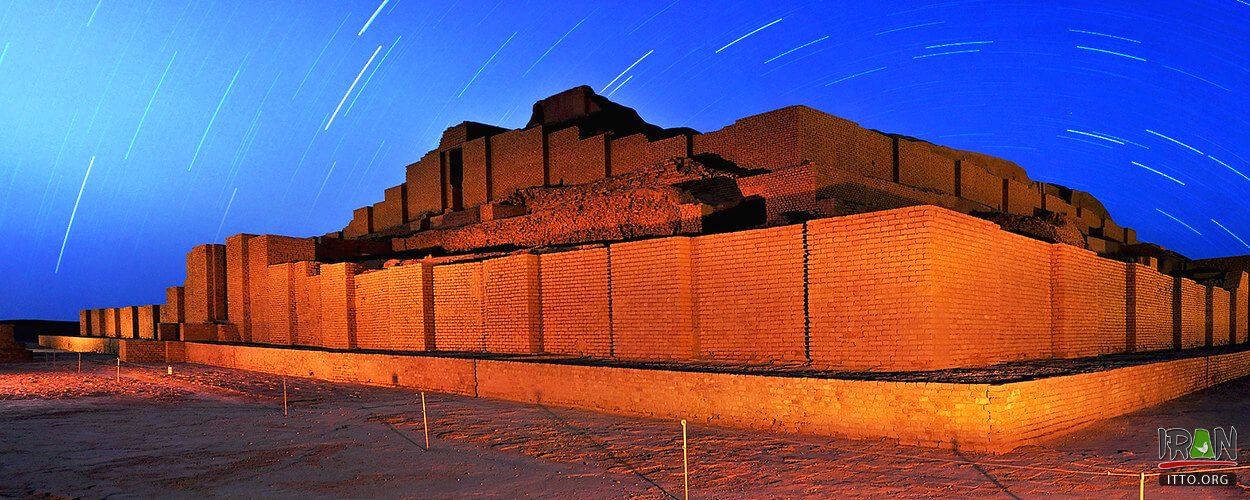Choqazanbil Temple (Chogha Zanbil Ziggurat) is situated at a distance of 30 km south east of Shoosh (Susa) and 80 km north of Ahvaz in Khuzestan province (
Southwest of Iran), and is the only remnant of an ancient city, that was constructed approximately in 1300 BC. by the king Untash-Napirisha, mainly to honor the great god Inshushinak. Choga Zanbil means basket mound.
Its original name was Dur Untash, which means 'town of Untash', but it is unlikely that many people, besides priests and servants, ever lived there. This city which was at the vicinity of 2 km. from Dez river, was known as "Ontashgal" (Dur Untash).

According to the archaeologists working at Choghazanbil Ziggurat, the original temple dedicated to Inshushinak surrounded a square open courtyard.
Chogha Zanbil complex is a reminder of the new Elamite civilization. It was surrounded by three interconnected sun brick made ramparts with the main entrance situated in the eastern side of the largest rampart. The palaces and tombs of the Elamite monarchs are situated between the first and second ramparts. Between the second and the third ramparts, the remnants of the water supply and purification system for city is observed.
The water purification system of Chogha Zanbil was to provide drinking water for citizens which is obviously accounted as one of the most ancient water supply systems.

Researchers have discovered thousands upon thousands of inscribed bricks at Chogha Zanbil. In fact, the ziggurat’s outer façade has a line of inscribed bricks every ten rows, wrapping its whole exterior with information about the city’s origin and the gods who were worshipped there.
In the center of the third rampart, the main temple (Ziggurat) is placed. This square shaped structure is constructed at the dimensions of 105x105 sq.m., along four main directions. This temple was constructed by means of millions of bricks, in five floors. At present only two floors have been remained. Except for the first and fifth floors, the rest have been filled with sun baked bricks. The fifth floor which is considered to be the most highest one, was used to be the place where idols were kept., The main idol was called "Inshushinak" which was considered to be the most famous deity of Shoosh city.

The ziggurat is only a part of the complex. There are also temples, a total of eleven, dedicated to the lesser gods at the site. It is believed that king Untash-Napirisha originally planned twenty-two temples, which some scholars believe was an attempt to create a new religious center, possibly intended to replace Susa.
On the brick walls of the temple, same inscriptions designating the name of the king in the Cuneiform script can be observed which reveals the aim of the monarch in the construction of this temple. Near the temple, on the main ground there are two circular platforms. Some believe this to be a place where sacrifices were carried out, and the other version is that, this was an area for astrology.
The aggregate of this city along with Elamite civilisation in the vicinity of Haft Tappeh, was demolished in 640 BC as a result of Assyrian conquests, under the command of 'Ashur Banipal', thence terminating the Elamite jurisdiction after a period of more than a millennium.

